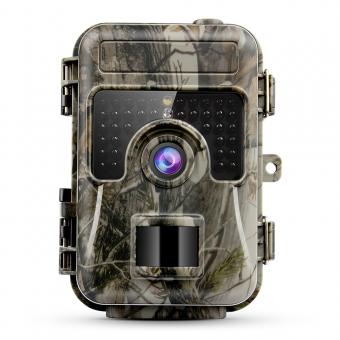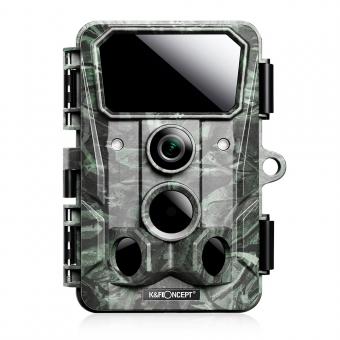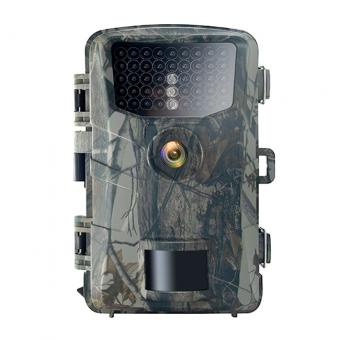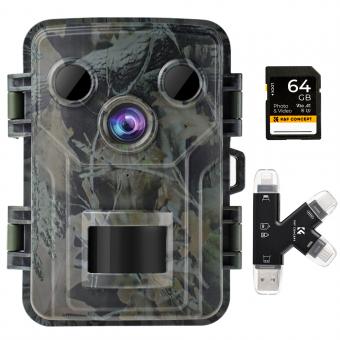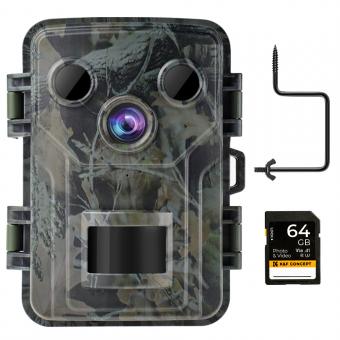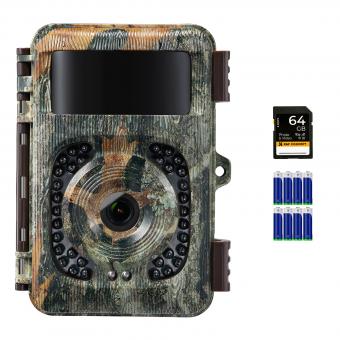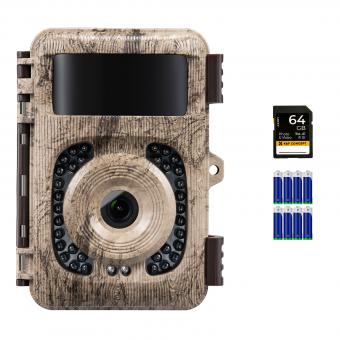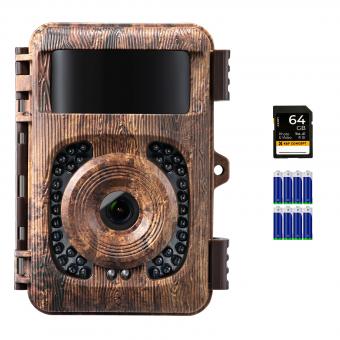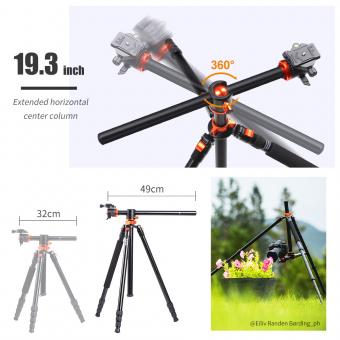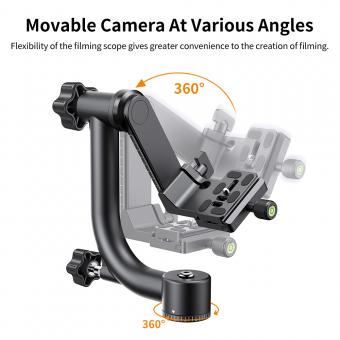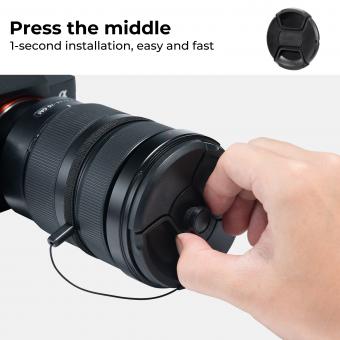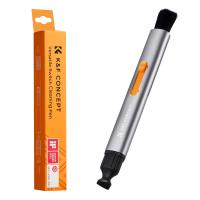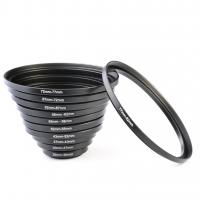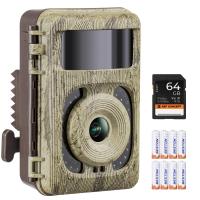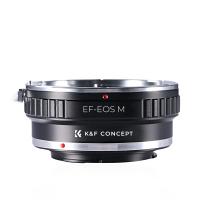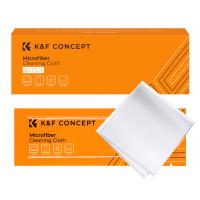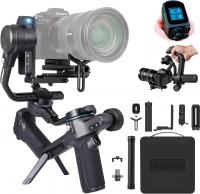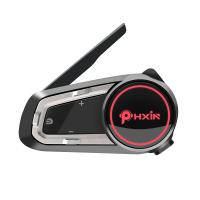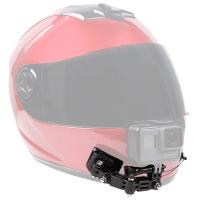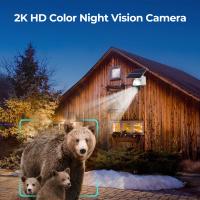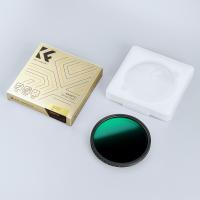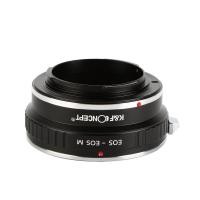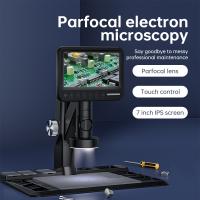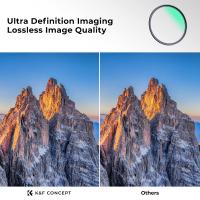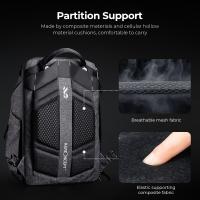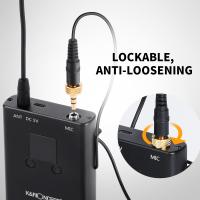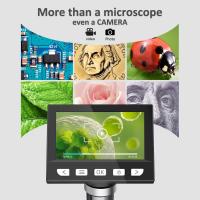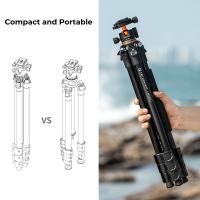Which Wildlife Camera To Buy ?
There are several factors to consider when choosing a wildlife camera, such as image quality, durability, battery life, and ease of use. Some popular options include the Bushnell Trophy Cam, Browning Strike Force, and Stealth Cam G42NG. Ultimately, the best camera for you will depend on your specific needs and budget. It is recommended to read reviews and compare features before making a decision.
1、 Resolution and Image Quality
When it comes to choosing a wildlife camera, one of the most important factors to consider is the resolution and image quality. This is crucial because it determines the level of detail and clarity in the photos and videos captured by the camera.
In recent years, wildlife cameras have seen significant advancements in resolution and image quality. The latest models now offer high-resolution options such as 4K and even 8K, which provide incredibly sharp and detailed images. These cameras also come equipped with advanced image sensors and processors that enhance image quality, resulting in vibrant colors and accurate tones.
Having a high resolution is particularly beneficial for wildlife photography as it allows you to capture fine details such as feathers, fur, or intricate patterns on animals. It also enables you to crop and enlarge images without losing too much quality, which can be useful when trying to identify specific species or behaviors.
However, it's important to note that higher resolution cameras often come with a higher price tag. Additionally, the file sizes of high-resolution images and videos can be quite large, requiring more storage space and processing power.
Ultimately, the choice of resolution and image quality depends on your specific needs and budget. If you're a professional wildlife photographer or require the utmost detail, investing in a high-resolution camera is recommended. On the other hand, if you're a casual wildlife enthusiast or on a tight budget, a camera with a lower resolution may still provide satisfactory results.
In conclusion, when considering which wildlife camera to buy, resolution and image quality should be a top priority. The latest cameras offer impressive resolutions and image processing capabilities, but it's important to balance your needs and budget to make the best choice.
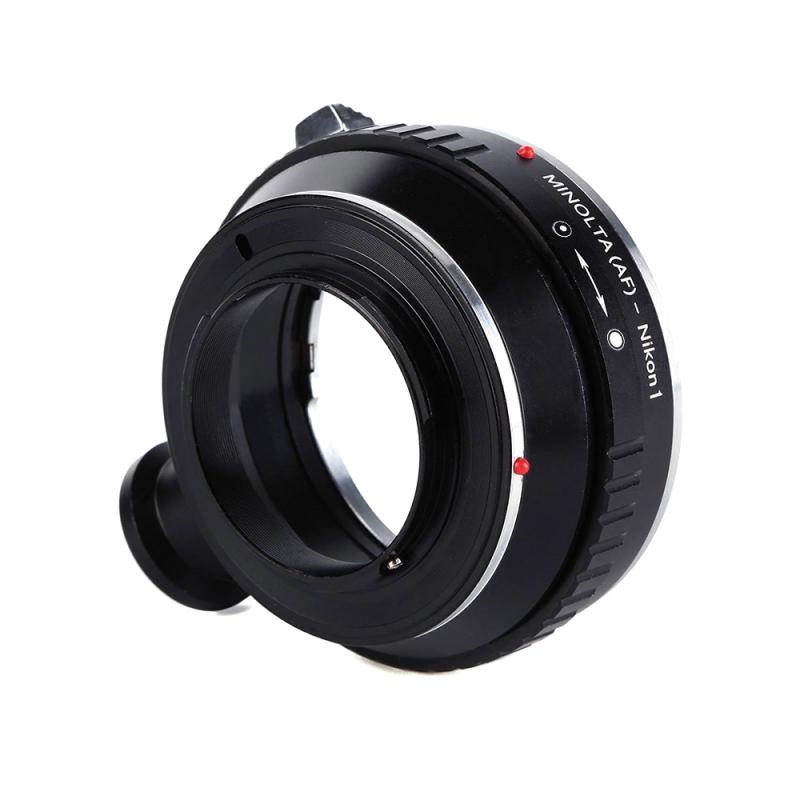
2、 Night Vision and Low-Light Performance
When it comes to choosing a wildlife camera with excellent night vision and low-light performance, there are several options available in the market. However, one camera that stands out is the Bushnell Trophy Cam HD Aggressor.
The Bushnell Trophy Cam HD Aggressor is a popular choice among wildlife enthusiasts and photographers due to its exceptional night vision capabilities. It features a high-quality infrared flash that can capture clear images and videos even in complete darkness. The camera's low-light performance is also impressive, allowing you to capture detailed footage during dusk or dawn when wildlife activity is at its peak.
One of the key advantages of the Bushnell Trophy Cam HD Aggressor is its fast trigger speed, which ensures that you don't miss any crucial moments. It also has a long battery life, allowing you to leave it in the field for extended periods without worrying about power drainage. Additionally, the camera is designed to withstand harsh weather conditions, making it suitable for outdoor use in various environments.
It's important to note that technology is constantly evolving, and new models with improved night vision and low-light performance are regularly introduced to the market. Therefore, it's advisable to stay updated with the latest releases and read reviews from trusted sources to make an informed decision.
In conclusion, the Bushnell Trophy Cam HD Aggressor is a reliable choice for those seeking a wildlife camera with excellent night vision and low-light performance. However, it's always recommended to research and compare different models to find the one that best suits your specific needs and budget.
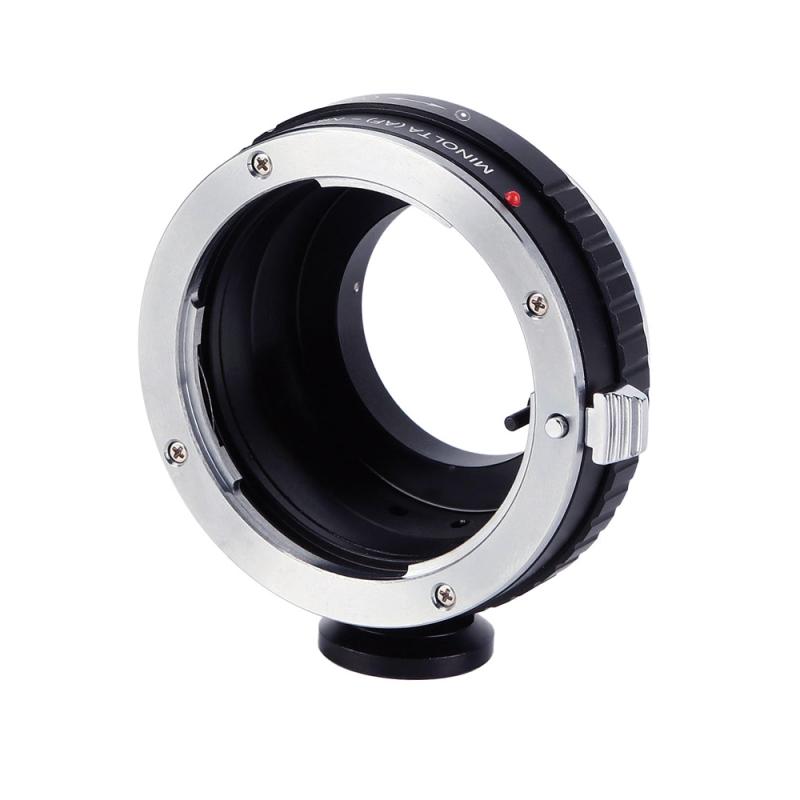
3、 Motion Detection and Trigger Speed
When it comes to choosing a wildlife camera, two important factors to consider are motion detection and trigger speed. These features play a crucial role in capturing high-quality images and videos of wildlife in their natural habitat.
Motion detection is the camera's ability to sense movement and activate the recording function. It is essential for wildlife photography as it ensures that you don't miss any action. Look for a camera with advanced motion detection technology that can accurately detect even the slightest movement.
Trigger speed refers to the time it takes for the camera to capture an image or start recording after detecting motion. A fast trigger speed is crucial for wildlife photography as it allows you to capture fast-moving animals without any delay. Look for a camera with a trigger speed of less than 0.5 seconds for optimal results.
One popular wildlife camera that excels in both motion detection and trigger speed is the Browning Strike Force Pro XD. It features an impressive 0.15-second trigger speed, ensuring that you capture every moment with precision. Additionally, it has a reliable motion detection range of up to 80 feet, making it ideal for capturing wildlife from a distance.
It's important to note that technology is constantly evolving, and new models with improved features are regularly introduced to the market. Therefore, it's advisable to stay updated with the latest releases and read reviews from trusted sources to make an informed decision based on the current market offerings.
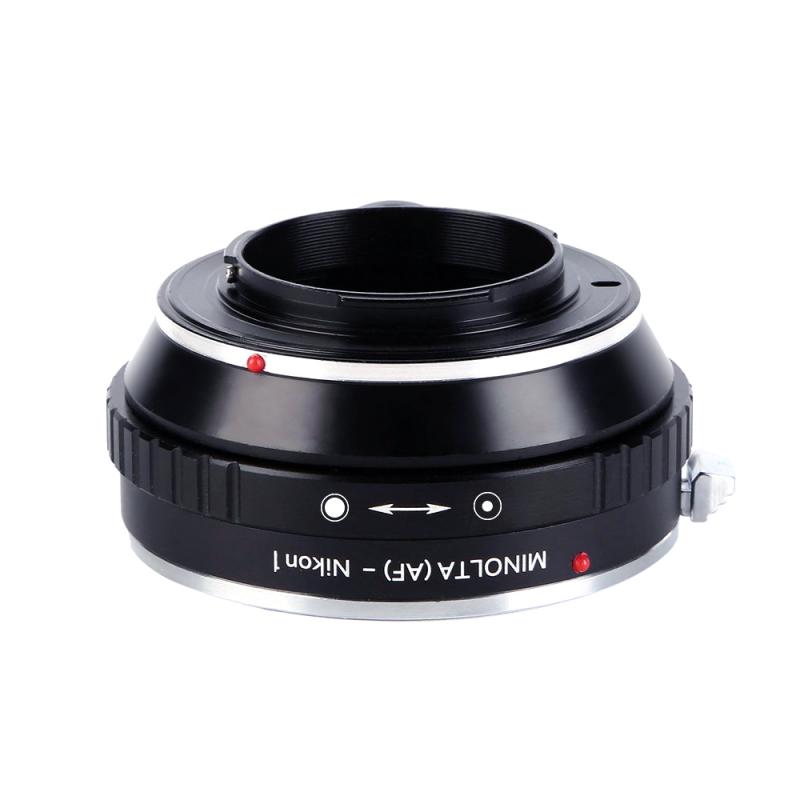
4、 Battery Life and Power Options
Battery life and power options are crucial factors to consider when choosing a wildlife camera. The last thing you want is for your camera to run out of power in the middle of capturing an important moment in nature.
When it comes to battery life, it is important to look for a camera that offers long-lasting power. Some cameras come with built-in rechargeable batteries, while others use replaceable batteries. Built-in rechargeable batteries can be convenient as they eliminate the need to constantly buy new batteries. However, they may have limited battery life and require access to electricity to recharge. On the other hand, cameras that use replaceable batteries, such as AA or AAA batteries, offer the advantage of being able to carry extra batteries with you and easily replace them when needed.
In recent years, there have been advancements in power options for wildlife cameras. Some cameras now offer solar panels or external battery packs as additional power sources. Solar panels can be a great option for long-term deployments in remote areas where access to electricity is limited. They harness the power of the sun to keep the camera running continuously. External battery packs, on the other hand, provide extended power options by connecting to the camera and providing additional battery life.
It is important to consider your specific needs and the environment in which you will be using the camera. If you plan to use the camera for extended periods in remote locations, a camera with a long-lasting battery or additional power options like solar panels or external battery packs would be ideal. However, if you will be using the camera for shorter periods and have access to electricity for recharging, a camera with a built-in rechargeable battery may suffice.


